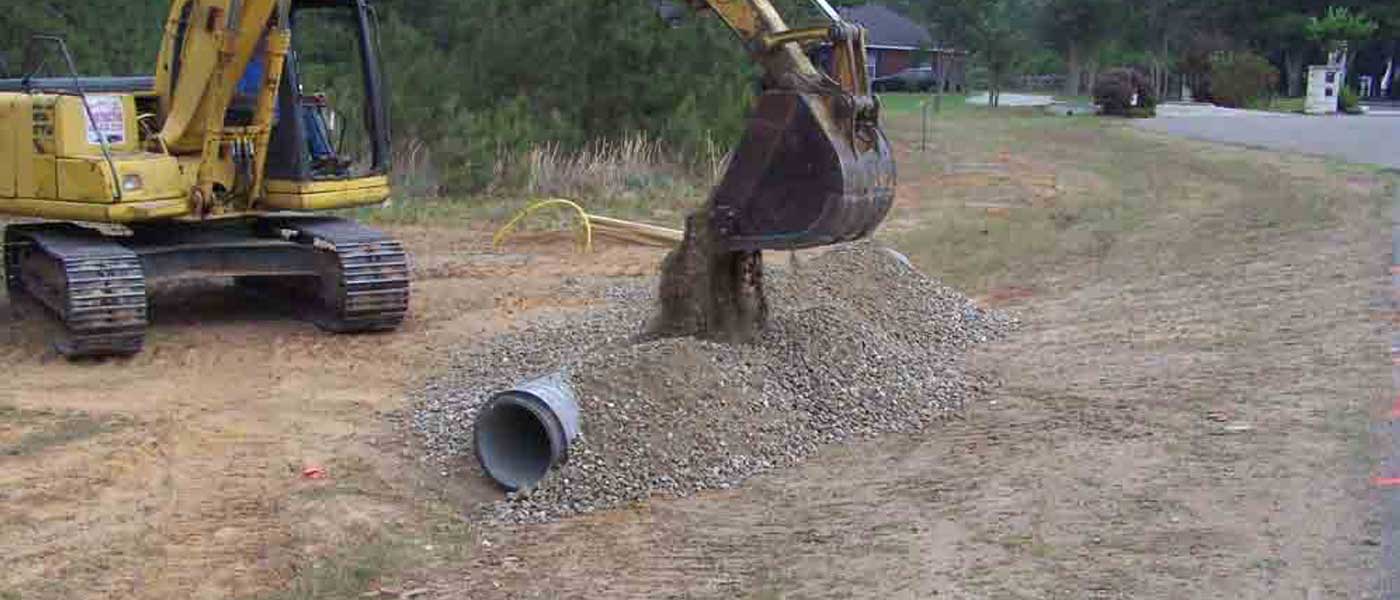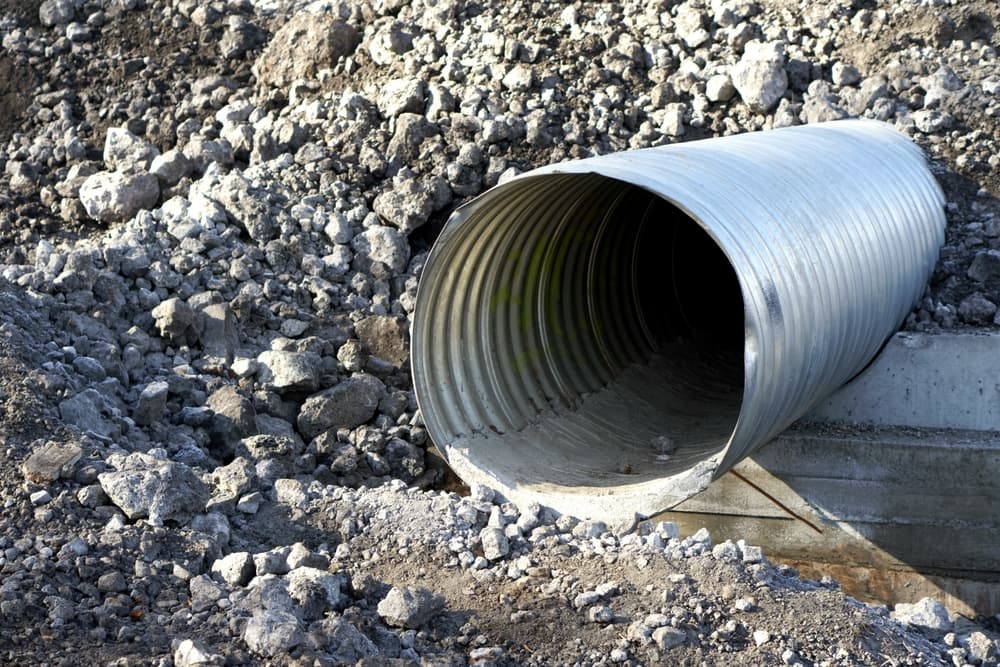Understanding Culvert Setup: Increase Your Land Drain Initiatives
From picking the right products to applying best methods, grasping culvert installment can considerably improve the effectiveness and durability of your land drainage system. By comprehending the intricacies of culvert installation, you can optimize your water drainage efforts and guarantee lasting land use practices.
Significance of Culvert Installment
Making sure proper culvert installment is paramount for maintaining efficient land water drainage systems. Culverts play an important duty in managing water circulation, preventing erosion, and maintaining the architectural honesty of roads, bridges, and other facilities. Proper installment of culverts helps to transport water far from roadways and buildings, lowering the danger of flooding and water damage. Furthermore, well-installed culverts aid in avoiding sediment build-up, which can result in clogs and decreased water circulation.
Proper Sizing and Positioning

Appropriate positioning of culverts is equally vital. Culverts should be positioned at the most affordable factor of the location requiring water drainage to make sure efficient water flow. Furthermore, they ought to be installed vertical to the all-natural slope of the land to stop clogs and enable smooth water passage. Strategic placement can aid prevent waterlogging, dirt disintegration, and roadway damage, making certain the long life and efficiency of the land drainage system.
Material Selection Tips
Selecting the ideal materials is critical in making certain the durability and functionality of culverts for efficient land water drainage systems. When selecting materials for culvert setup, it is crucial to consider factors such as the water flow rate, dirt composition, and ecological conditions of the site.
One of the most typical materials used for culverts is corrugated steel. Concrete culverts are suitable for locations prone to rust or when a much longer service life is wanted.
For ecologically delicate locations, plastic culverts may be favored. Plastic culverts are light-weight, resistant to deterioration, and simple to transfer and install. They are additionally recognized for their smooth interior, which assists to preserve efficient water flow. Furthermore, in locations where all-natural aesthetic appeals are very important, products like stone or wood can be made use of to construct culverts that mix effortlessly right into the environments. Ultimately, the choice of material should be based upon a detailed assessment of the certain requirements and conditions of the land water drainage project.
Installment Strategies and Best Practices
Offered the important value of material selection in guaranteeing the functionality and long life of culverts, the setup strategies and best techniques play an essential function in the overall success of land drain systems. Proper installation is key to protecting against concerns such as leaks, breaks down, or blockages that can endanger the effectiveness of the culvert.

Throughout installation, treatment should be taken to line up the culvert properly and provide proper assistance to prevent deformation. Backfilling should be done gradually and compacted in layers to prevent spaces and settlement. Proper compaction is important to prevent moving or sinking of the culvert gradually.

Maintenance and Long-Term Treatment
Implementing a detailed maintenance strategy is necessary for guaranteeing the durability and efficient efficiency of culverts in land water drainage systems. Routine examinations need to be carried out to look for any indicators of damage, clogs, or disintegration that can compromise the performance of the culvert. Cleaning debris such as fallen leaves, branches, and debris is critical to protect against obstructing and keep the flow capability of the culvert. anonymous Greenery control around the culvert area is also essential to avoid roots from causing architectural damages.
Regular maintenance jobs may consist of cleaning, repairing joints, strengthening inlet and electrical outlet frameworks, and making certain proper slope and positioning of the culvert. Keeping in-depth records of upkeep activities, inspections, and fixings is essential for tracking the condition of the culvert over time and planning future maintenance demands.
Final Thought
In verdict, grasping culvert installation is vital for efficient land drainage. By complying with best methods and applying long-term care methods, landowners why not check here can improve their drainage efforts and guarantee the longevity and functionality of their culverts (Tree removal).